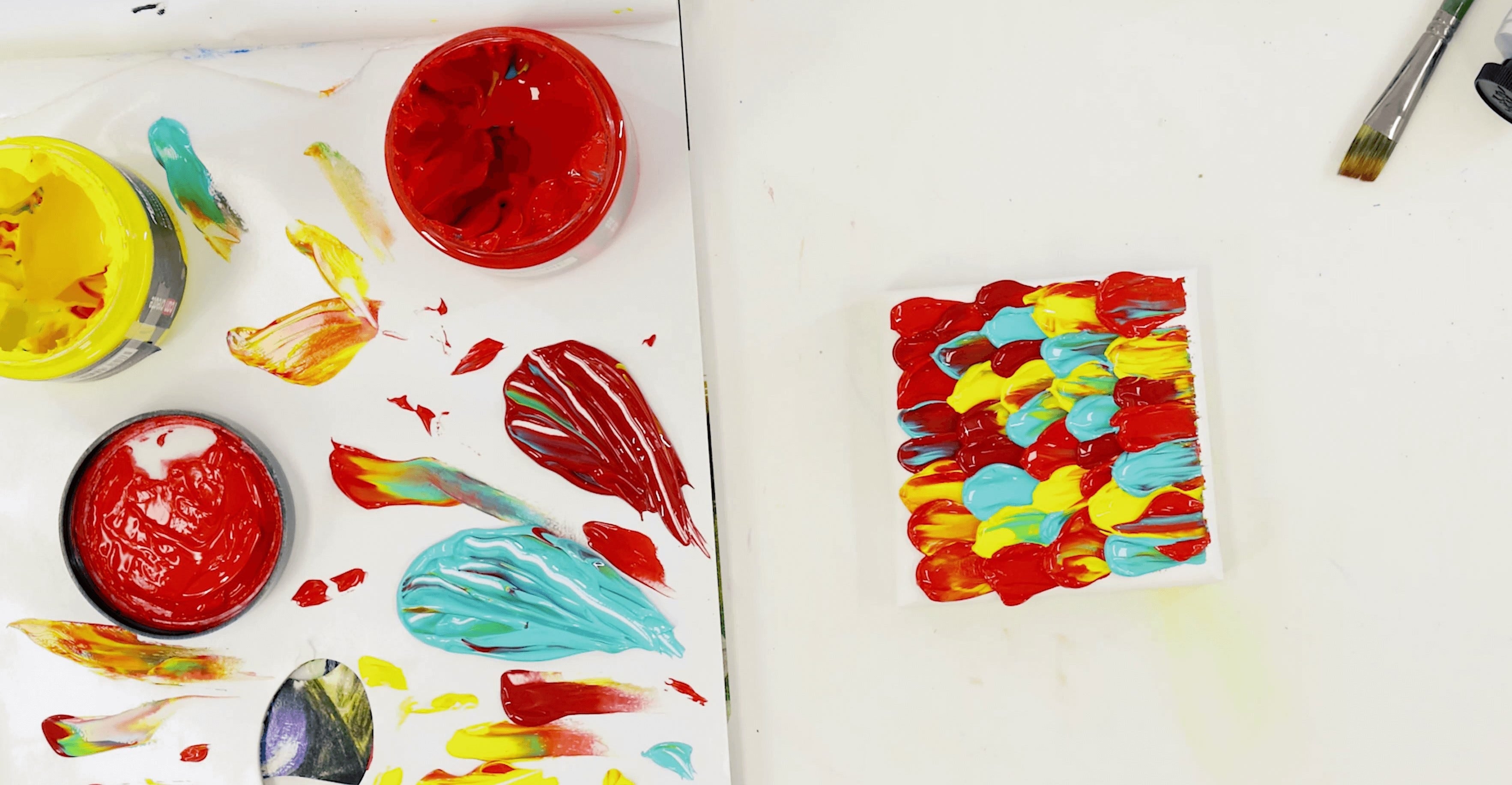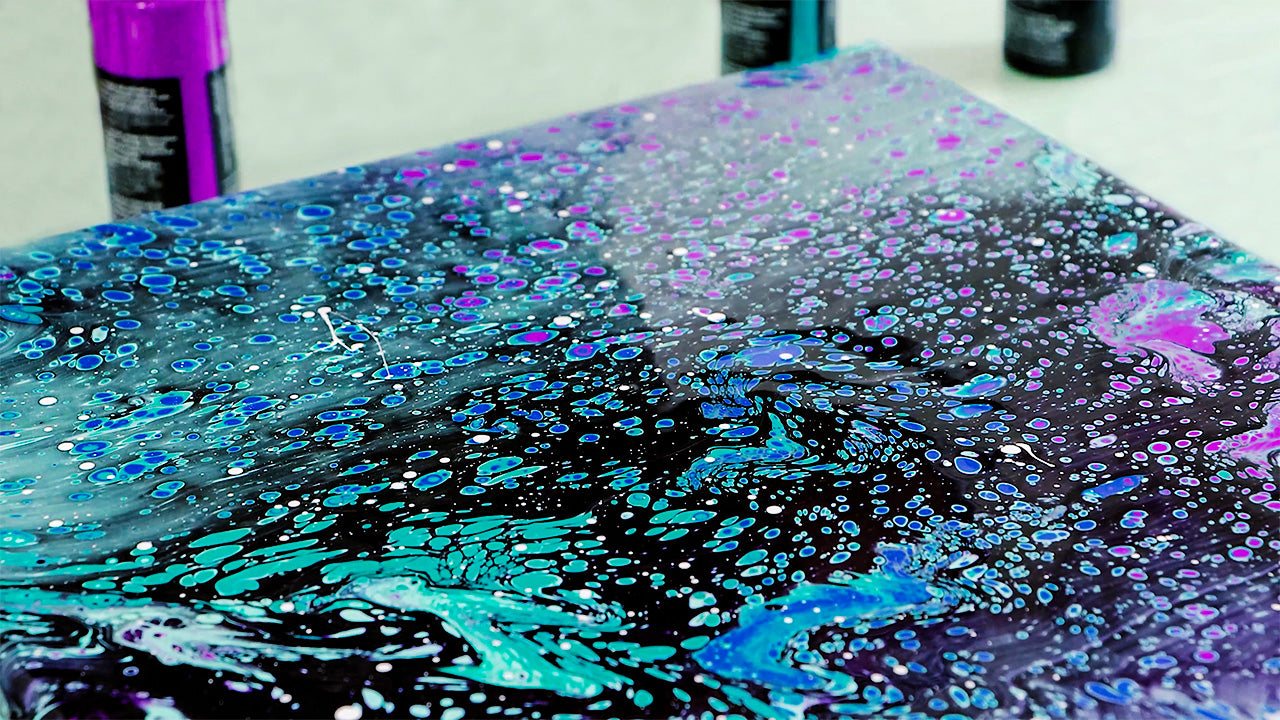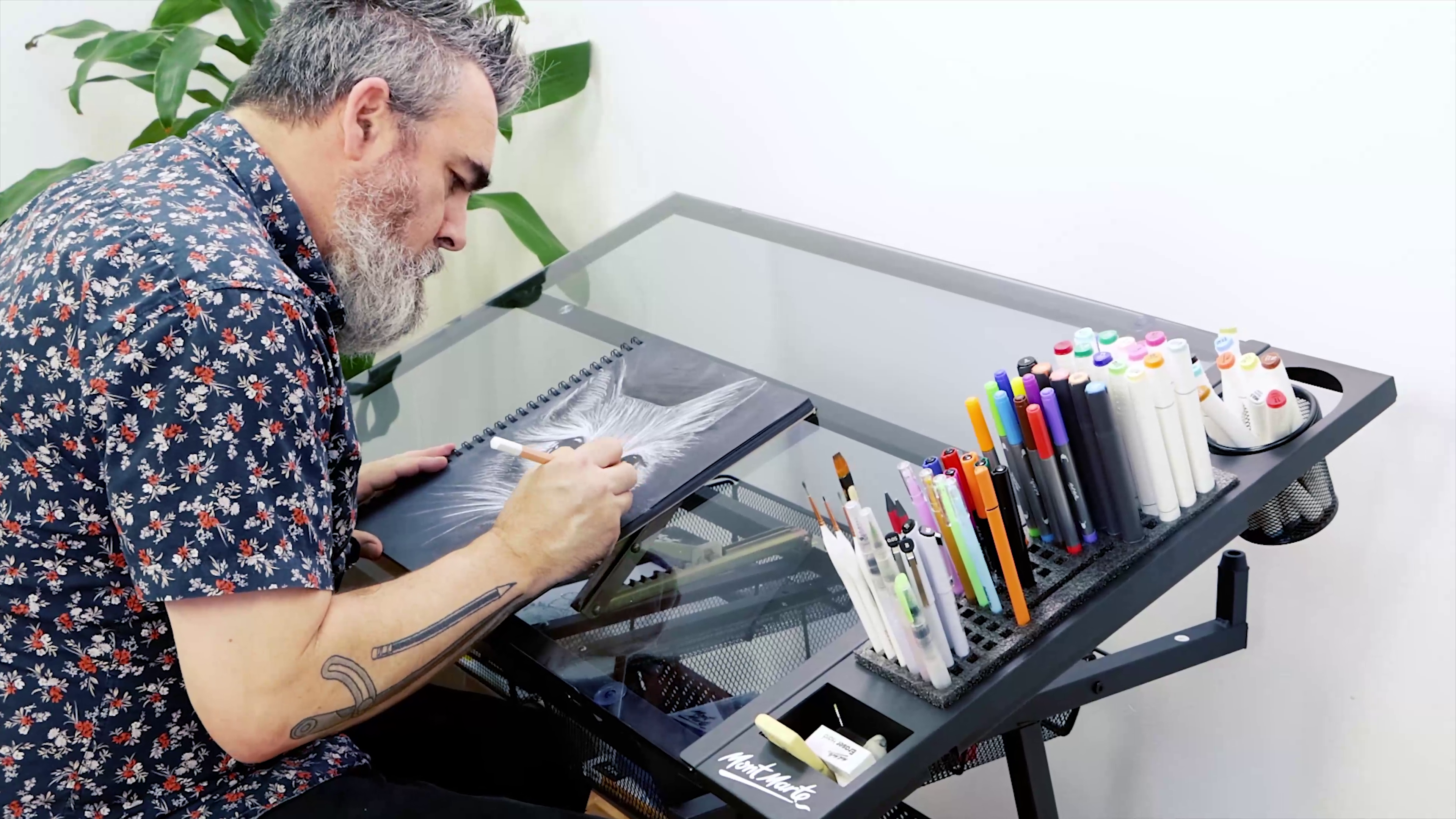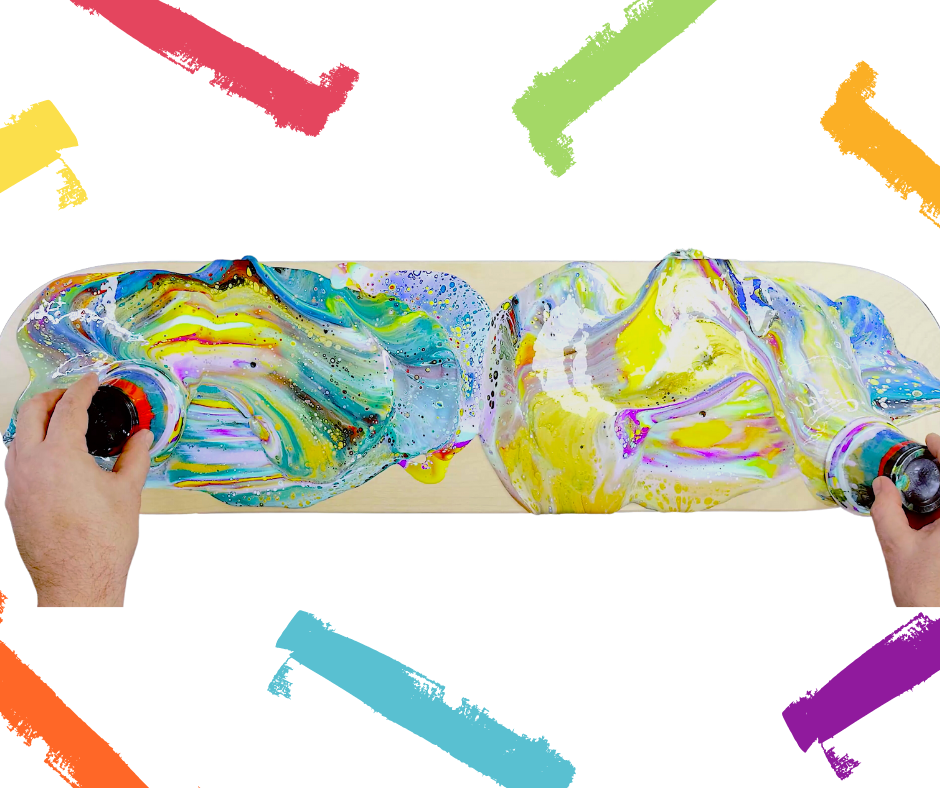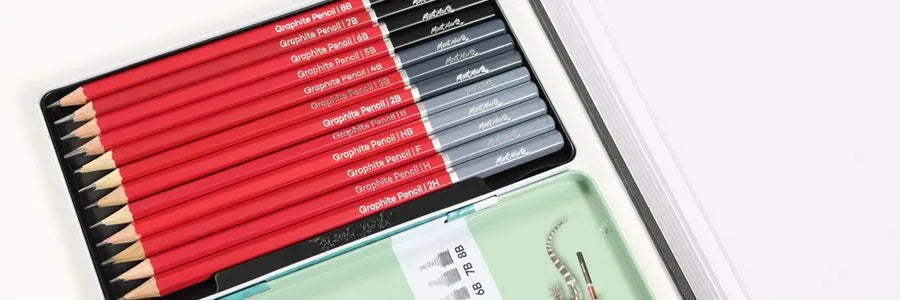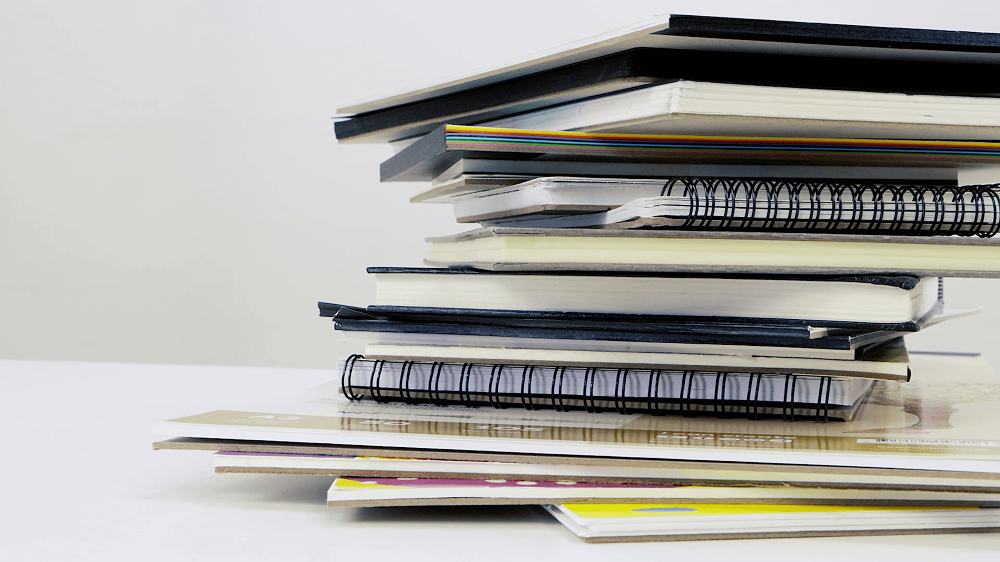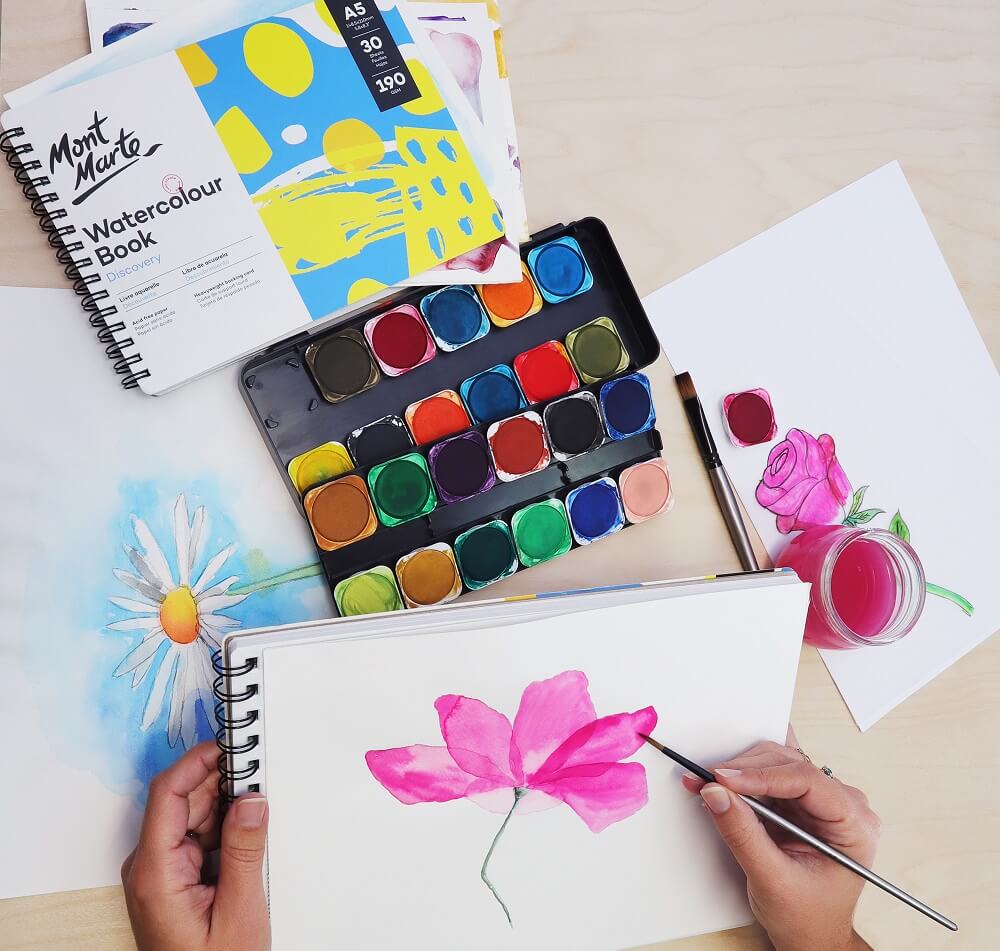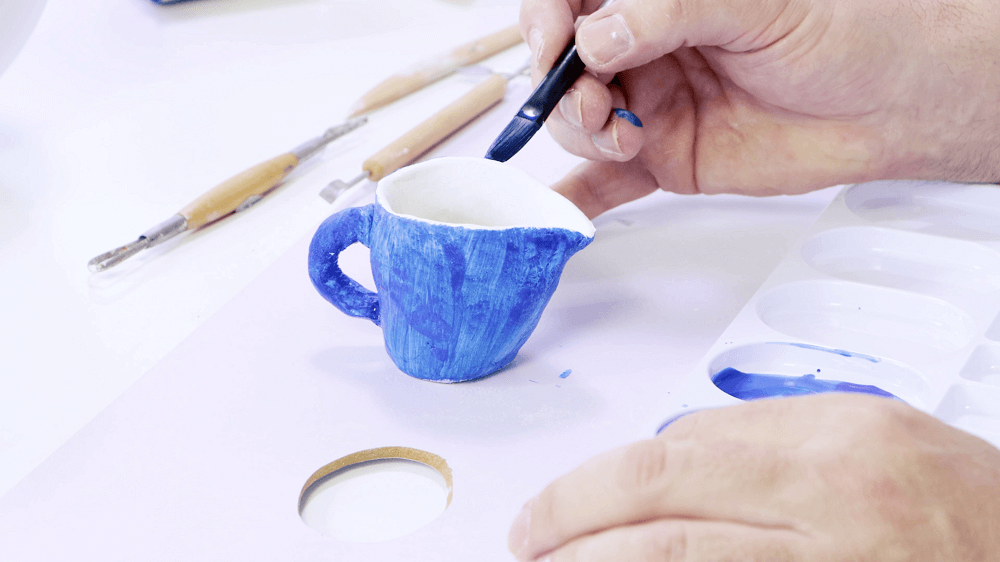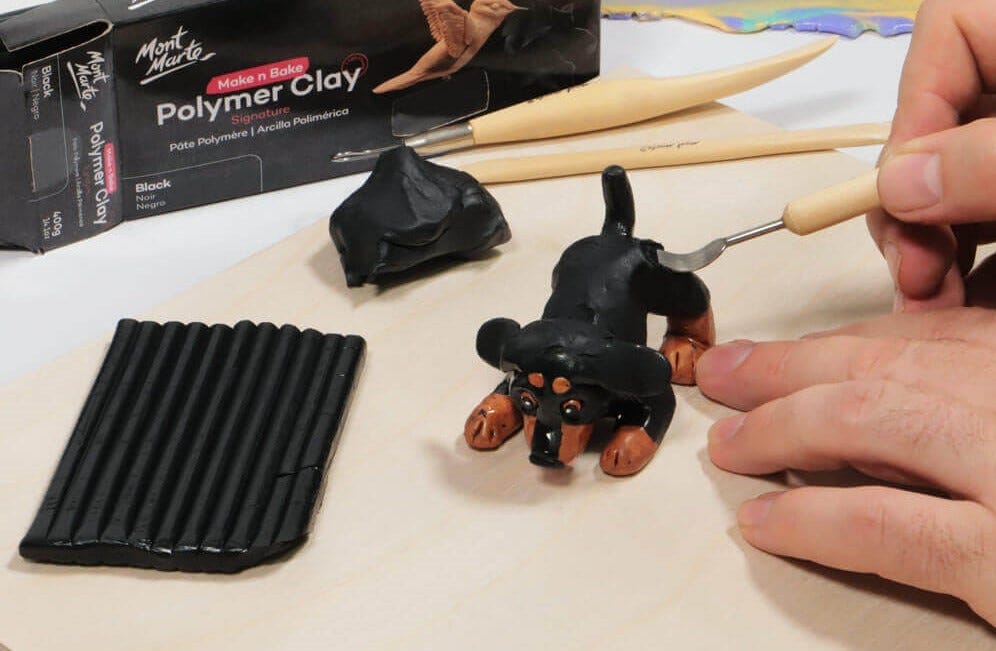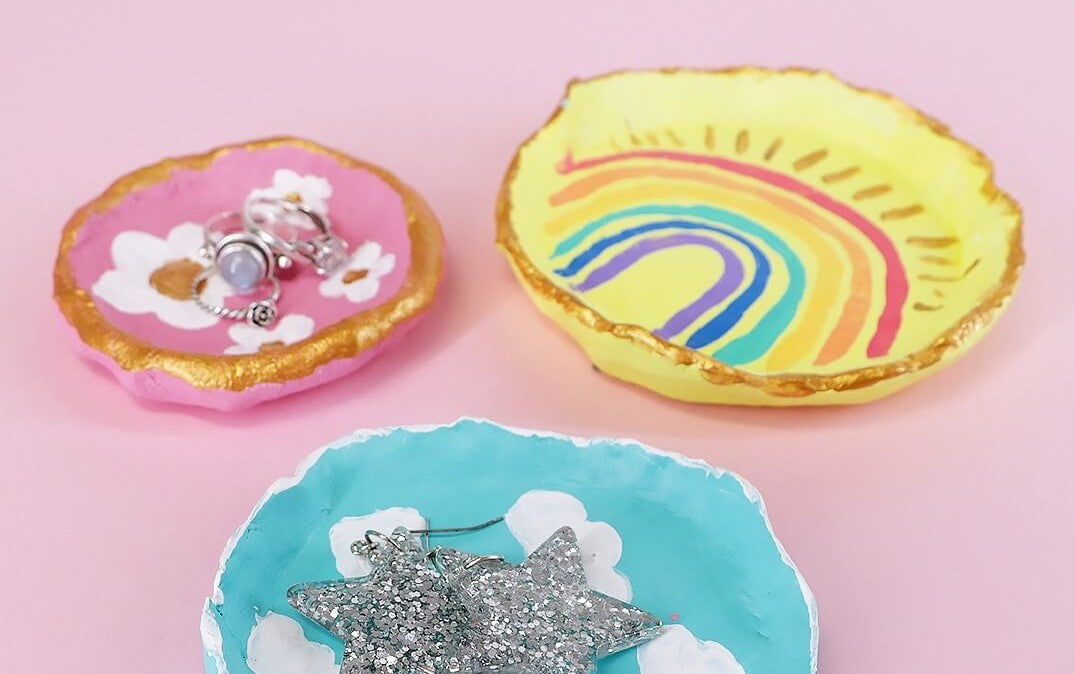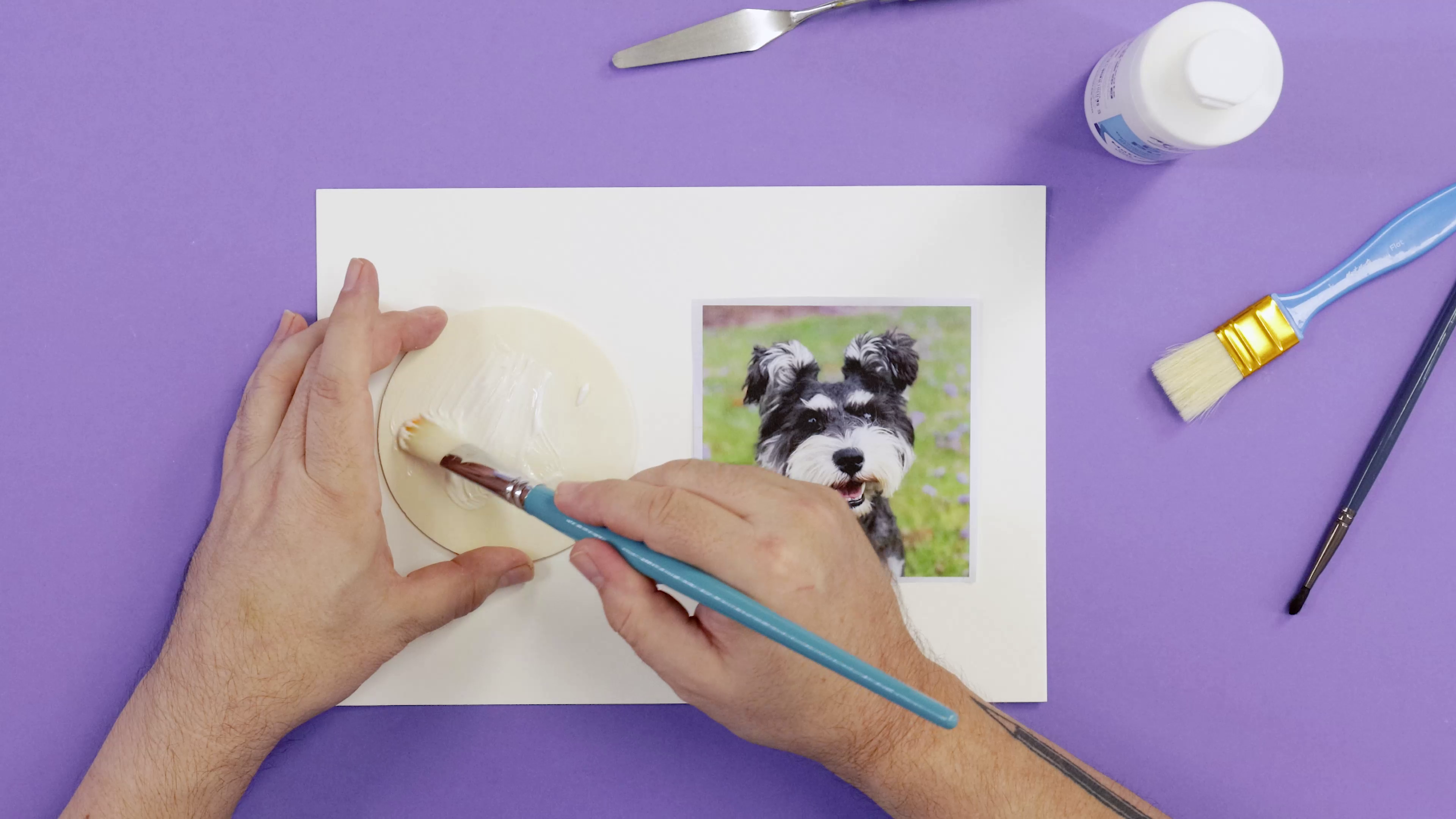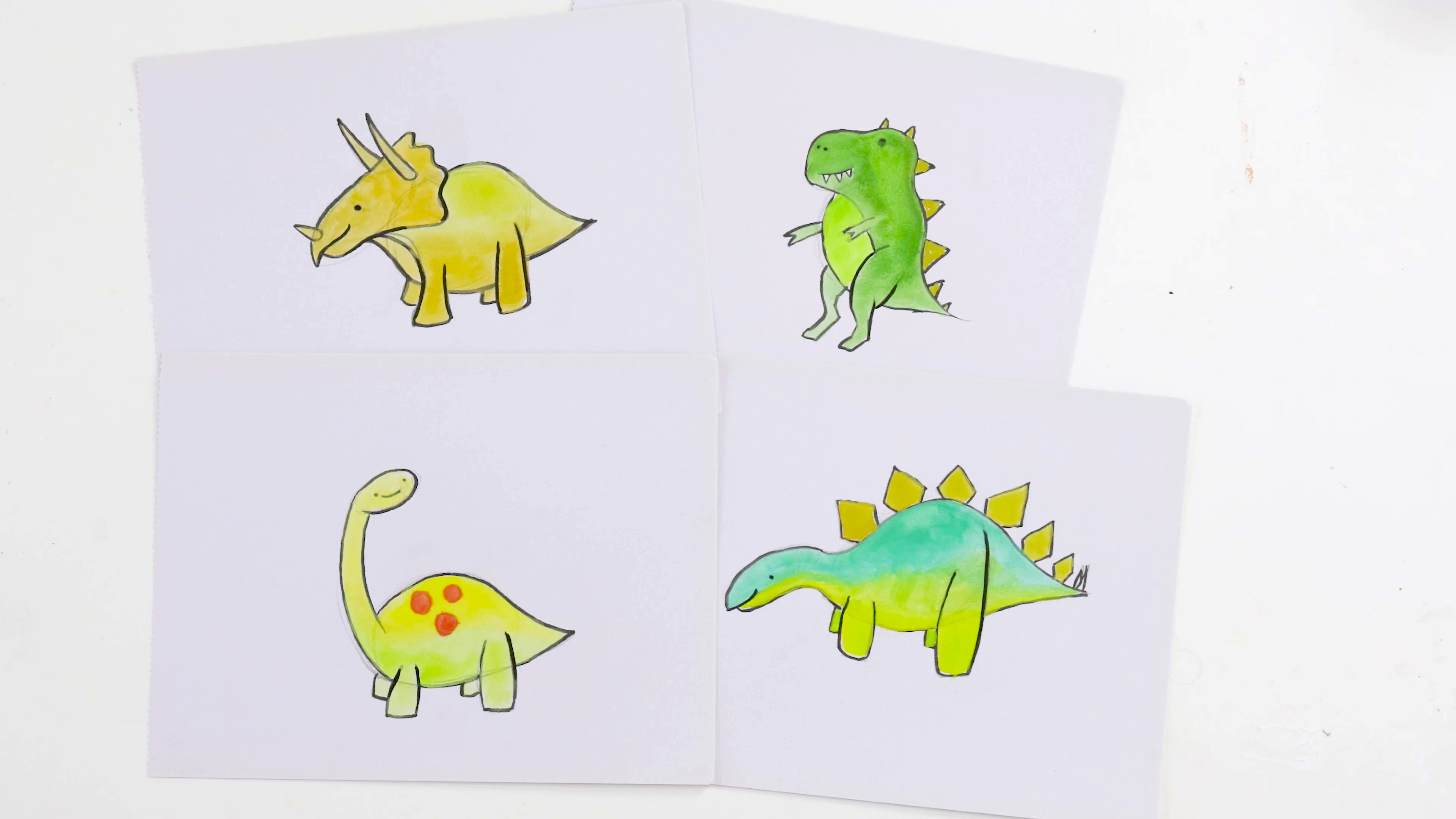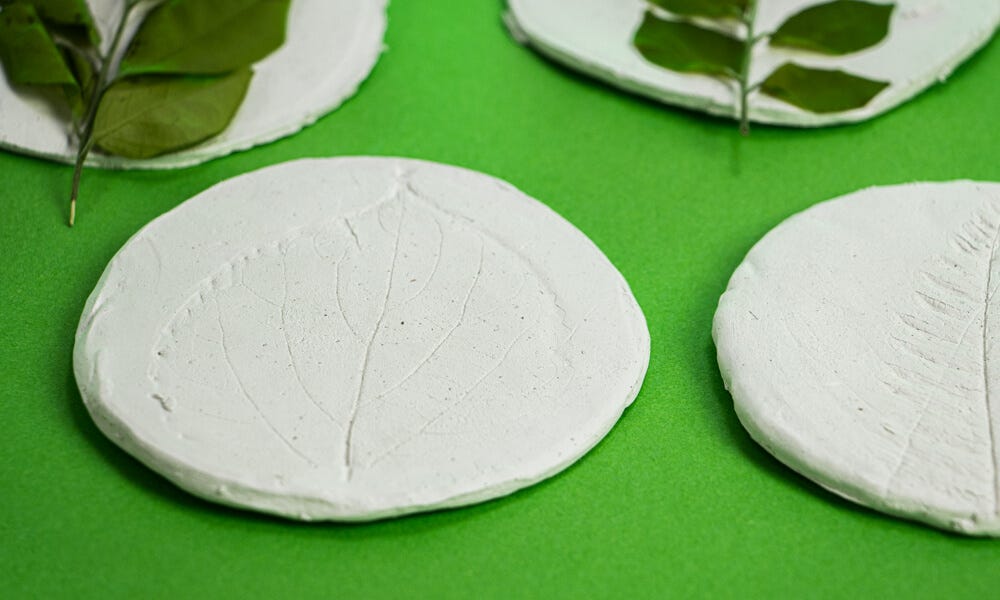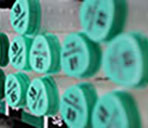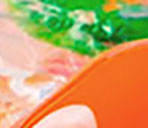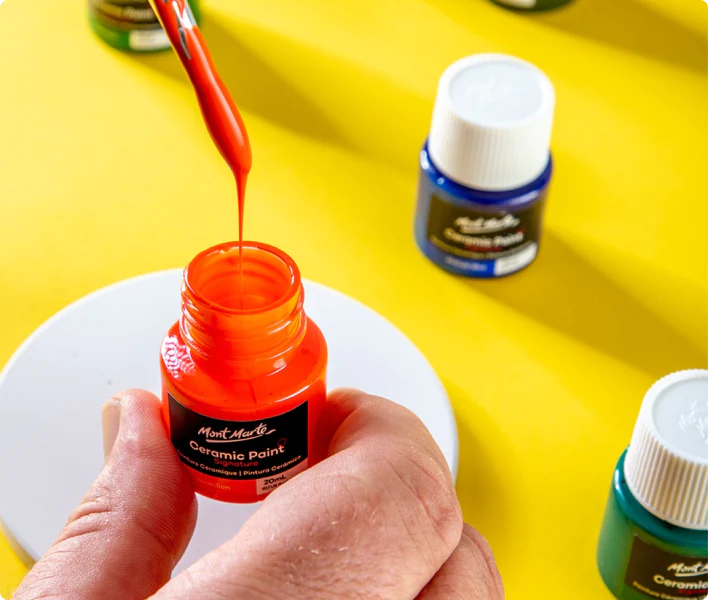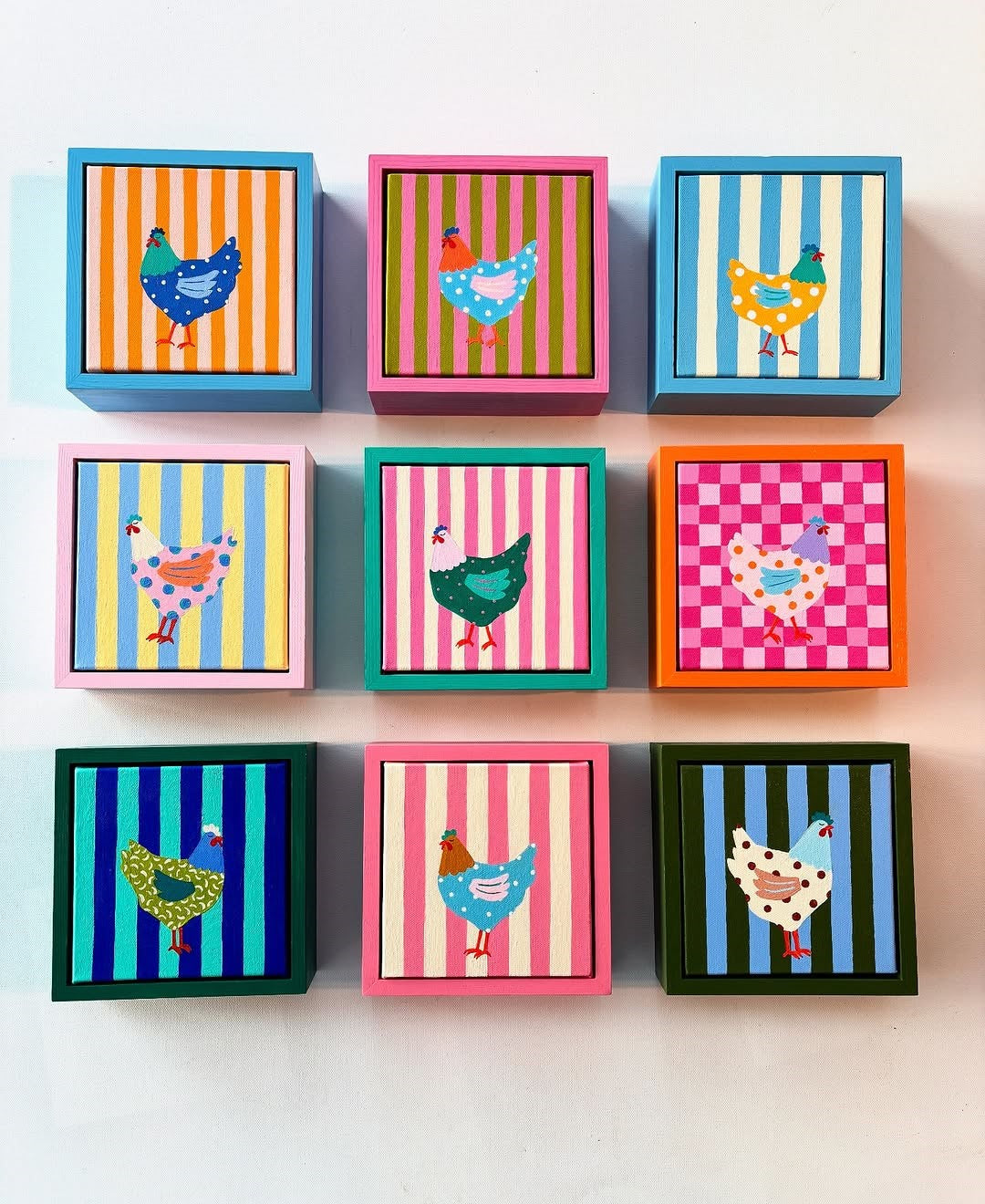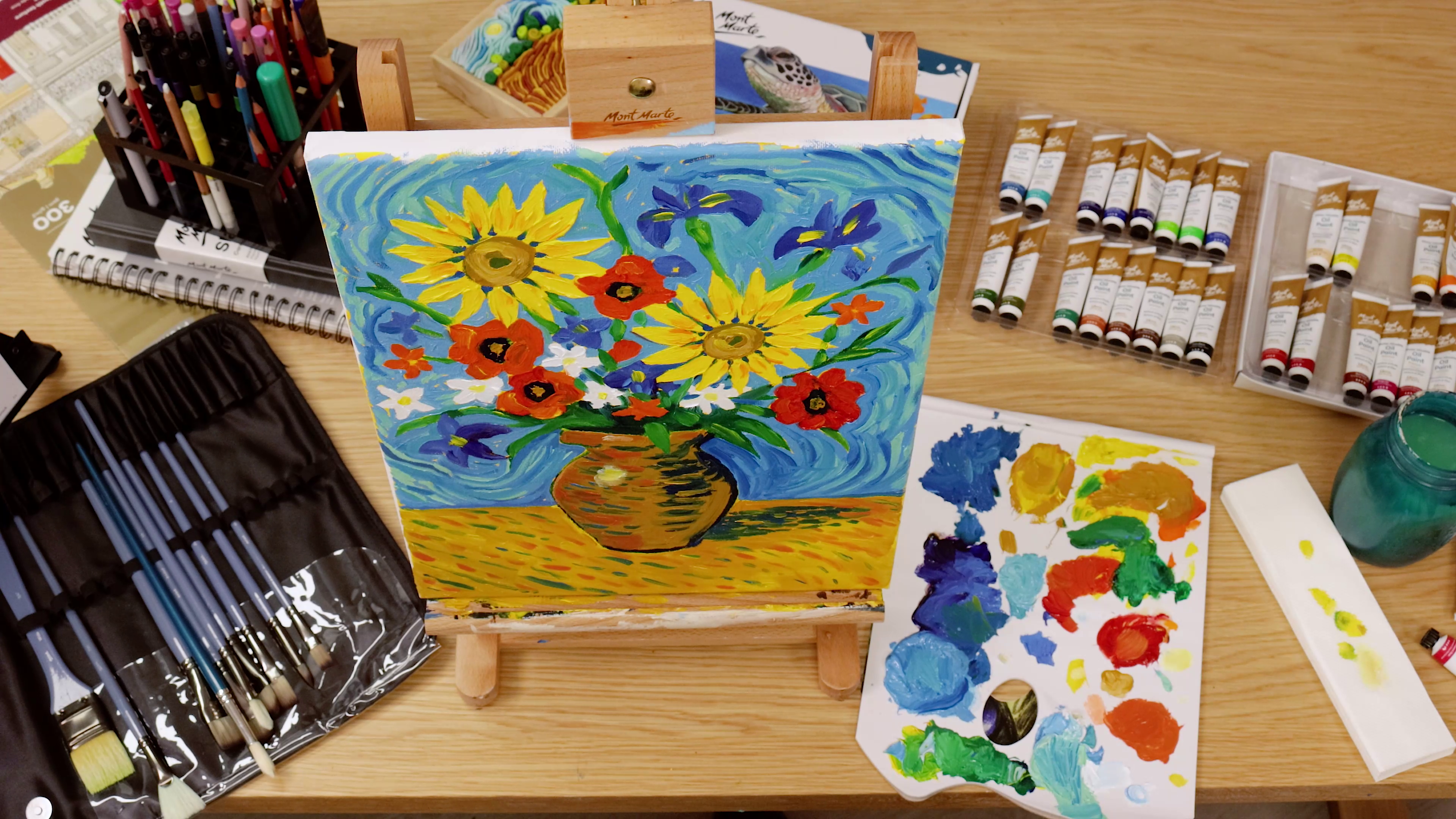Working with polymer clay is one of the most rewarding (and, let’s be honest, addictive) hobbies out there. But if you’re just starting out, it can feel like there’s a million little things to figure out. I’ve made plenty of mistakes, and through trial and error (and a few meltdowns), I’ve figured out what really makes a difference. Here are some tips for polymer clay that might help you discover the fun!
1. Which polymer clay?

Not all polymer clays are created equal – some are soft and easy to work with, while others feel like you’re trying to knead a brick. Finding the right clay makes such a difference, especially when you’re just starting out. I’ve tried a bunch of different brands, and my go-to is Mont Marte Make n Bake Polymer Clay. It’s easy to condition (which is a must), soft enough for beginners, and holds details really well without being too sticky.
Polymer clay needs to be conditioned—aka, softened and worked – before it becomes pliable and easy to shape. Skipping this step is a one-way ticket to cracks and breakage later.
I used to think I could just warm up my clay with my hands, but let me tell you, some brands are stubborn. The first time I worked with an extra-firm clay, my fingers hurt so bad from kneading that I almost gave up. That’s when I discovered the clay press/pasta machine trick.
Running the clay through the press (or rolling it out and folding it over a few times by hand) helps blend the particles and removes hidden air pockets. If you don’t have a press or pasta machine, the “slice and stack” method – cutting thin slices and layering them before rolling—works just as well.
If your clay crumbles as you knead it, don’t panic. It just means it’s a little too dry. A few drops of clay softener or even a bit of translucent liquid clay can work magic.
2. Best surface for polymer clay

Not all work surfaces are compatible with polymer clay. I learned this the hard way when I left a chunk of raw clay sitting on a wooden desk overnight. It left a stain that wouldn’t come out (RIP to that desk). Turns out, polymer clay contains plasticizers that can react with certain materials, which is why you need a non-porous surface to work on.
Glass, ceramic tiles, or silicone baking mats are the best options. A marble slab works too, and it gives you that fancy “I know what I’m doing” aesthetic. All of these options are oven-safe, making it easy to transfer your clay creations to the oven when they’re ready for baking.
Just avoid anything wooden, cardboard, or untreated plastic. Clay will either stick to it or leach oils into it, making it brittle. If you’re working at a table you care about, put down some wax paper or a plastic cutting board to protect it.
Pro tip: If your clay keeps sticking to your surface, try a little cornstarch or even a super light dusting of baby powder. But not too much – otherwise, it can affect the clay’s texture when baking.
3. How to avoid air bubbles in polymer clay

I used to wonder why my clay projects sometimes had little holes or weird bumps after baking. Turns out, air bubbles were the culprit. These tiny trapped pockets of air expand in the oven, causing everything from small pits to full-on cracks.
One way to prevent air bubbles is by pressing and folding the clay instead of just rolling it out. If you’re using a clay press, fold the clay in half before feeding it through and always insert the folded edge first – this pushes the air out rather than trapping it inside. If you see bubbles, don’t ignore them! Use a needle tool to pop them and gently press the clay to smooth it out.
Oh, and if you ever notice bubbles after baking? You can fix them with a bit of liquid clay and a heat gun. Just dab a tiny bit over the hole and apply heat until it fuses back together.
4. Clean polymer clay – prevention is key!

Polymer clay is like a magnet for lint, dust, and pet hair. You’ll swear it comes out of nowhere. I once made a pastel pink piece and, by the time I was done, it looked like it had been rolled in a pile of cat fur (even though I don’t have a cat).
The best way to prevent this is to keep your hands, tools, and workspace clean. Baby wipes are a lifesaver for wiping down surfaces, and rubbing alcohol on an earbud can quickly remove fingerprints and dust from finished pieces. Also, wear light-coloured clothes if you can – darker fabrics tend to shed more visible fibres.
One trick that’s saved me is washing my hands before working with lighter colours, then kneading a scrap piece of white clay before touching my actual project. It pulls off any hidden lint and oils.
5. Polymer clay baking temperature

If you only take one thing away from this article, let it be this - get an oven thermometer. Seriously. The first time I baked polymer clay, I used my kitchen oven, set it to 135°C (as the package said), and pulled out burnt, brownish-yellow pieces. Turns out, my oven was running 10 degrees hotter than the dial said.
Polymer clay needs to be baked at the right temperature, or it won’t fully cure. Most brands bake between 125°C–135°C (260°F–275°F), but always check the package instructions. If your oven fluctuates, use an oven thermometer to keep things consistent.
If you’re working with particularly detailed and delicate pieces, or you’re worried about colour changes, you can place a foil tent on top of your clay pieces for even heat distribution.
6. How to stop polymer clay from cracking

Nothing is more heartbreaking than pulling a piece out of the oven, only to hear that crack as it cools. Cracks usually happen because the clay cooled too quickly, especially if the temperature dropped suddenly.
A trick I use is turning off the oven and letting the clay cool inside with the door slightly open. This lets it adjust gradually. If you need to take it out, place it on a ceramic tile or a folded towel instead of a cold countertop. The temperature shock from hot clay hitting a cool surface can cause stress fractures.
7. Sanding polymer clay – it’s worth it!

If you’ve ever looked at someone else’s polymer clay work and wondered how they got that buttery smooth finish, the answer is usually sanding. I used to think I could get away with just smoothing my pieces before baking, but no matter how careful I was, tiny imperfections still showed up. The first time I sanded a piece properly, I couldn’t believe the difference – it went from “handmade” to “wait, did you buy that?” real quick.
The key is wet sanding with fine-grit sandpaper (400 to 1000 grit works best). Dry sanding creates dust and can leave scratch marks, but wet sanding reduces friction and gives a way more polished look. Hold your piece under running water or dip the sandpaper in water as you work. If you’re sanding flat surfaces, wrap the sandpaper around a small block for even pressure.
And if you want an ultra-glossy finish? Work your way up to 2000-grit sandpaper, then buff the clay with a microfiber cloth. It takes a little extra time but trust me – it’s so worth it.
8. What do you seal polymer clay with?

Sealing polymer clay is one of those things that sounds optional until you realize how much it can enhance (or ruin) a piece. Not all projects need a sealant, but if you’re adding mica powders, pastels, or painted details, sealing helps lock everything in place. The mistake I made early on? Using the wrong type of sealant. Some varnishes stay sticky or even react with the clay over time, which is basically the worst-case scenario after putting in hours of work.
If you’re using a glaze, go for a water-based polyurethane or a clay-specific varnish – Mont Marte’s Gloss Varnish or Natural Clay Sealer works great on painted clay. Avoid nail polish or anything oil-based, because it’ll eventually break down the clay. And always apply thin layers with a soft brush or sponge to avoid streaks.
For a natural matte look, though, you can skip the sealant entirely and just buff the surface. A high-speed Dremel tool with a felt buffing wheel can give an insane level of shine instead of a topcoat. It’s like magic.
9. How to store polymer clay

Polymer clay doesn’t dry out like air-dry clay, but it does collect dust, lint, and random bits of whatever is floating around your craft area. I used to leave my clay open on my work desk without a thought, only to come back to a dusty pile of clay that couldn’t be saved. Lesson learned.
The best way to store clay is in separate airtight containers or resealable plastic bags. If you have a lot of colours, keep them wrapped in parchment paper first to prevent any colour transfer. And don’t store clay directly on wood or paper – it’ll leach oils into it and get brittle over time.
Oh, and here’s something I wish I had known earlier—extreme temperatures can mess with clay. Leaving it in direct sunlight or a hot car will make it partially cure, turning it into a weird rubbery texture. Always store it in a cool, dry place.
10. Experiment and have fun!

If there’s one thing I’ve learned about working with polymer clay, it’s that the best pieces come from experimenting. Some of my favourite projects started as completely different ideas – like the time I was mixing colours and accidentally created a dreamy, marbled pattern that I now use all the time. The worst thing you can do is be afraid to mess up.
Try blending unexpected colours, mixing in mica powders for shimmer, or using random household items as texture tools (bubble wrap, lace, even crumpled foil works). Play around with techniques like colour blocking, ombré effects, and sculpting tiny details. And if something doesn’t turn out how you planned? Roll it into a ball and start over.
At the end of the day, polymer clay is so forgiving. You can always reshape, rebake, or sand down mistakes. So don’t stress and just have fun with it!
Jade’s tips are so useful and we’ll be taking her advice straight into the studio. See more about Jade in her Gallery post or check out her website, Pinterest, TikTok, and YouTube.
If you decide to pick up some polymer and get crafty, let us know by tagging us on Instagram or Facebook @montmarteart or use #montmarteart. We’d love to see what you come up with.
To stay up-to-date with the latest projects, inspo, tips, and tricks, join our Creative Connection community by signing up down below.


